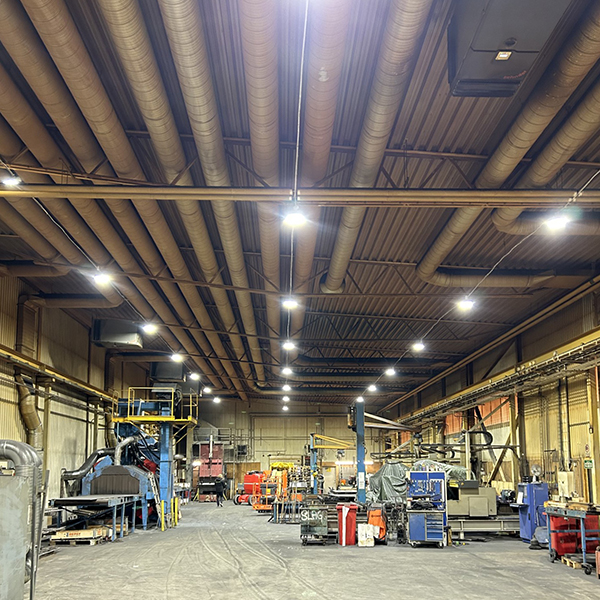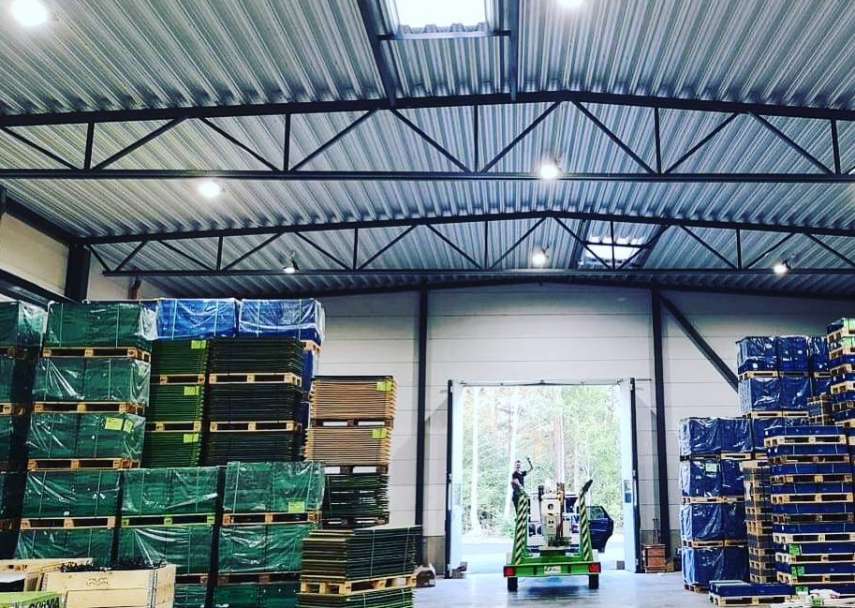Sustainable Industrial Lighting: Eco-Friendly Options for Businesses
Sustainable Industrial Lighting: Eco-Friendly Options for Businesses
Blog Article
In the current Industrial lighting (Industribelysning), effectiveness, longevity, and cost-effectiveness are key components for success. Among the many technologies which can be revolutionizing industrial procedures, LED (Light Emitting Diode) technology sticks out as a game changer in industrial lighting. In the last decade, LED illumination is among the most chosen selection for corporations seeking to enhance energy efficiency, lower working fees, and enhance workplace safety. In this short article, we investigate the important role that LED technology represents in surrounding the continuing future of industrial lighting.

Energy Efficiency: Lowering Detailed Charges
One of the very most significant features of LED technology in commercial lighting is their energy efficiency. Unlike traditional light choices, such as incandescent or fluorescent lights, LEDs eat far less electricity while giving the exact same (or even superior) degree of brightness. Studies show that LED lights may minimize power usage by around 75%, translating in to considerable savings for professional facilities over time. These charge savings could be reinvested in other important regions of the business enterprise, further improving detailed efficiency.
Durability and Toughness
LED lighting is noted for their extended lifespan, with many LED bulbs lasting up to 50,000 hours, compared to only 1,000 hours for incandescent bulbs. That longevity reduces the requirement for frequent alternatives, lowering preservation prices and downtime in industrial settings. Additionally, LED lights are more resilient, capable of withstanding harsh problems such as for instance excessive conditions, vibrations, and shocks. This makes them well suited for demanding industrial situations like warehouses, factories, and production plants.
Increased Perfection and Visibility
In industrial options, appropriate lighting is essential for worker protection and productivity. LED lights present superior perfection and better mild circulation, ensuring that function parts are lighted uniformly. This can help reduce the risk of accidents, particularly in areas where accuracy and attention to detail are required. The improved visibility also plays a role in increased staff efficiency, as projects may be finished more precisely and with less mistakes.
Environmental Influence and Sustainability
As environmental concerns keep on to rise, firms are increasingly turning to sustainable solutions. LED lighting is really a more eco-friendly solution compared to conventional illumination technologies. LEDs don't include harmful materials like mercury, which can be generally present in fluorescent bulbs. Also, they're 100% recyclable, reducing the amount of waste made by commercial facilities. By making the move to LED technology, companies may reduce their carbon footprint and subscribe to a greener future.

Conclusion
The use of LED engineering in professional illumination offers numerous advantages that increase both working performance and sustainability of businesses. From their energy-saving capabilities to its longevity and superior light quality, LED engineering is transforming professional illumination and enabling businesses to keep competitive in an ever-evolving market. As industries continue steadily to prioritize power effectiveness and cost-effective alternatives, LED engineering will certainly play an essential role in surrounding the continuing future of professional lighting. Report this page